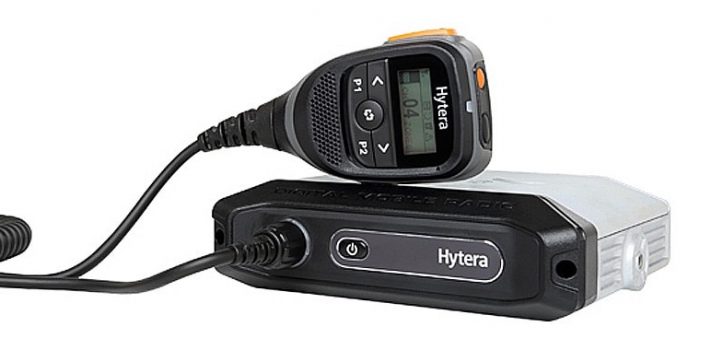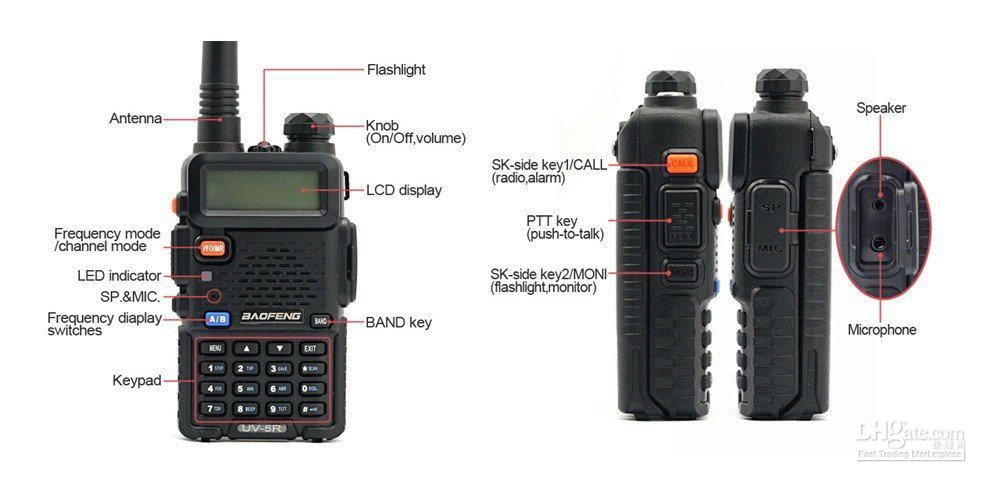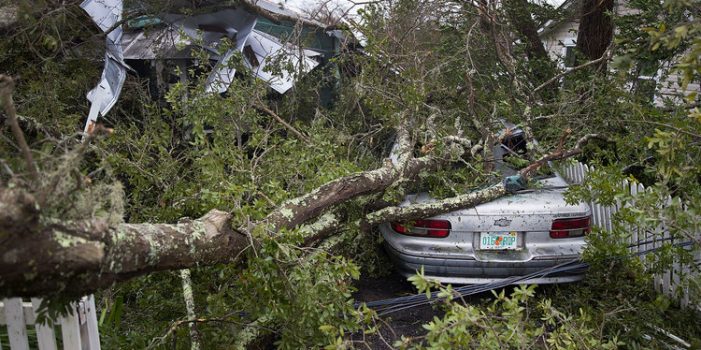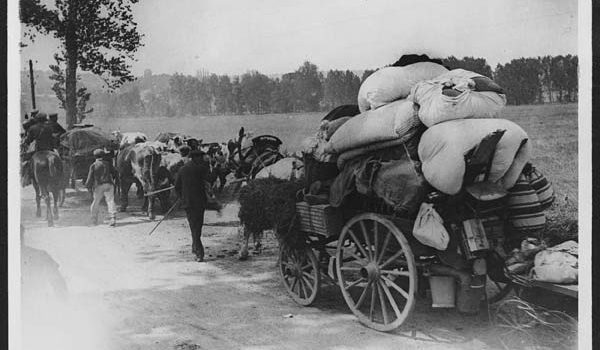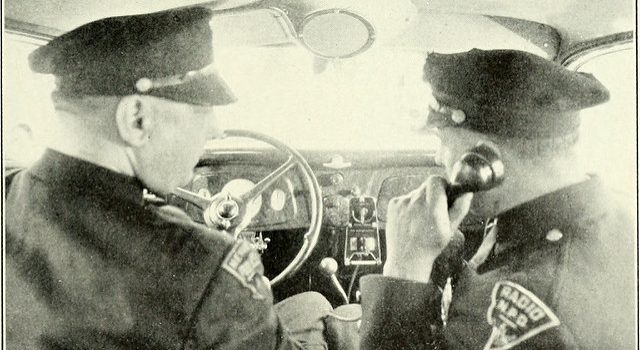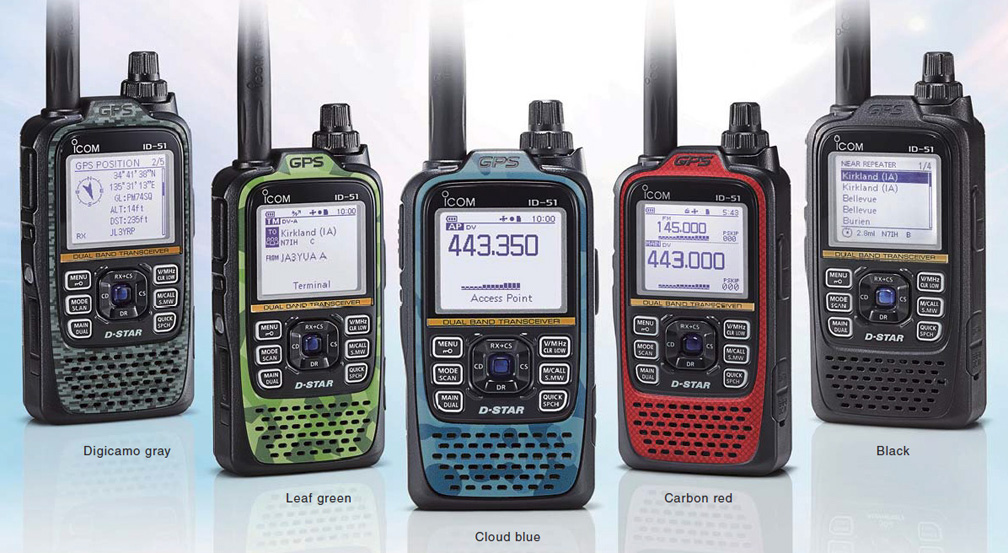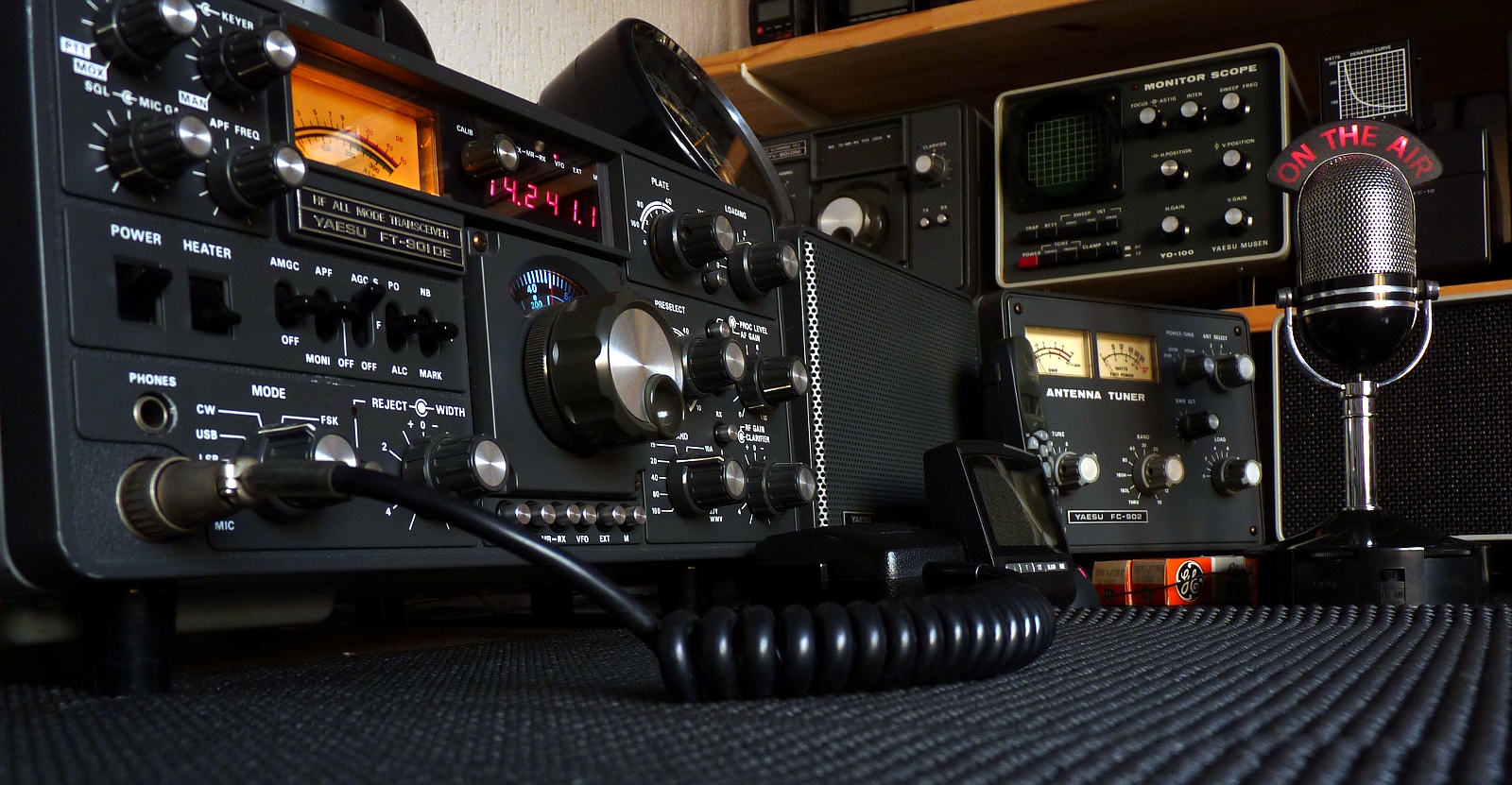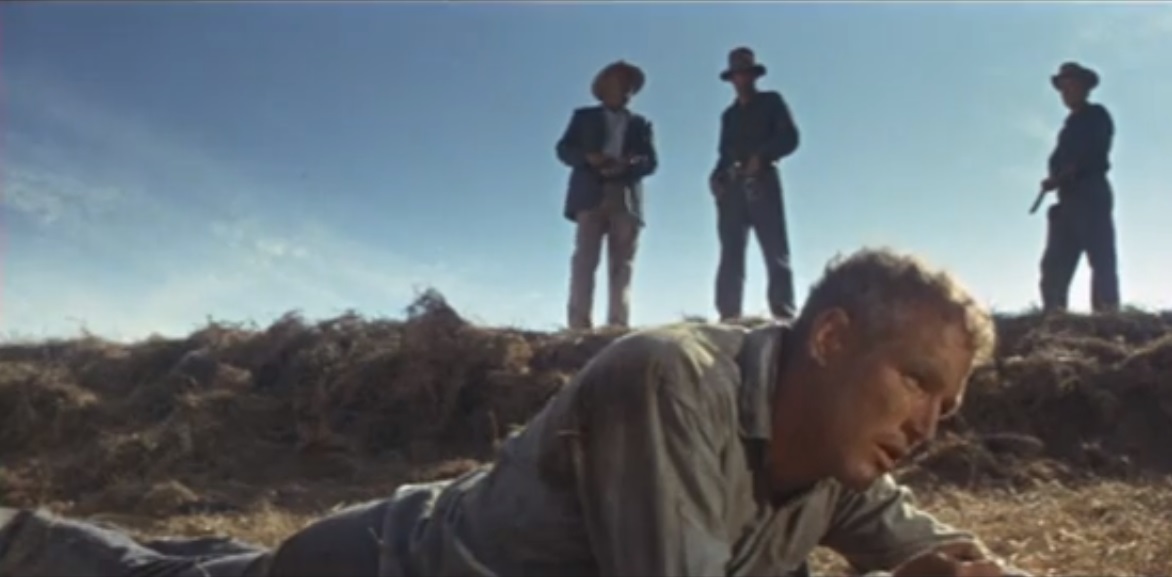The Other Transceiver Import Ban: Hytera
You’ll probably recall that last week I mentioned the upcoming import ban on Baofeng UV-5 series handi-talkies. This was because of a 2018 FCC ruling that banned sales of transceivers that can transmit in both the FRS band and in ham bands. That ban goes into effect on September 30th. But you may not have heard about the other transceiver import ban: This one is on Hytera brand encrypted Digital Mobile Radios (DMRs). DMR is an open digital radio standard that combines voice and data together–often with 128-bit or 256-bit encryption features. The reason for the import ban? Some of …

